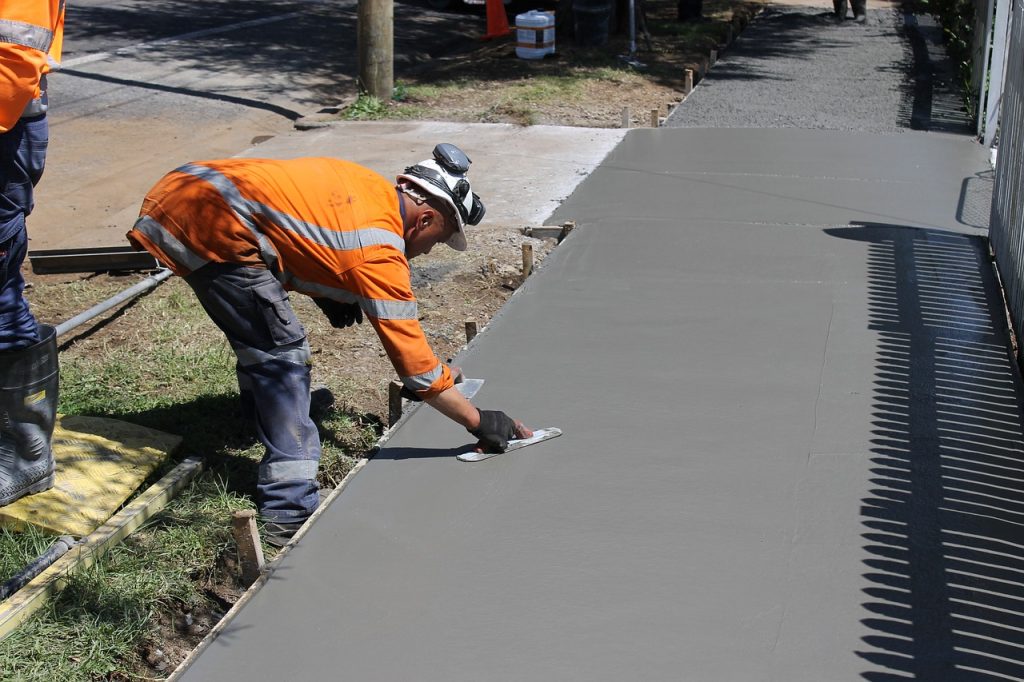When a person decides to build a new building, they must first decide on the best foundation. Should they build a basement or a slab? Where a person lives might determine the answer. Some places are not suitable for basements due to high water tables, rock close to the surface, or other reasons. Then, a slab will be a good solution. But, the slab supporting a home or other building must support the building correctly. To do that the slab must be constructed correctly. A slab involves more than pouring concrete on a patch of level ground.
Slabs Using Formwork
Concrete Slab Formwork can make pouring a large slab easier and result in a stronger, more stable slab to support a large building. When a large building, buildings with multiple floors, or other large constructions are planned, it is good to consider a good formwork system from a supplier such as Doka. These formwork systems are safe and quick to set up because they have a pre-defined grid system that is flexible to be more adaptable. These form systems are cost efficient and come with a pre-engineered design.
It is important to prepare the ground correctly for slab stability and to construct the slab in a way that makes it strong enough and stable enough to support the large building being built on top of it. Some steps to take when building a slab include:
· Determine the type of soil and its stability.
· Excavate and grade the construction site being sure to remove stones, rocks, roots, twigs, organic matter, and pebbles. Dig and level the ground to the depth required for the slab.
· Build the foundation on level ground, pouring the concrete following all the concrete pouring steps that ensure a solid, strong slab.
· While pouring the concrete, make sure to use proper formwork for concrete strength and stability.

General Steps for Pouring and Forming a Concrete Slab
Whether a construction crew is pouring the foundation for a huge commercial building or a homeowner pouring for a residential building, there are general rules to follow to get a stable, strong slab.
· Prepare the site.
This includes getting all the required permits and locating the correct place for the building and the foundation. Then you will need to measure and stake out the area where it will be built. Then, the soil must be dug out to the correct depth and if needed, a layer of compacted gravel of 6 to 8 inches should be added, compacted, and leveled.
· The perimeter must be set and leveled and concrete forms built.
Corner stakes are sunk to nail the forms to. This is where you decide whether to build the forms with 2×12 form boards or purchase a concrete formwork system. The formwork needs to be level and straight with bracing to hold it in place. Building or installing the forms is the most important step in making a concrete foundation. If the form is not right, the concrete will not be right. Once the form is in place, add fill as needed and pack it down to an even layer, leaving a deeper trench around the outer edges. A slab can be a floating slab or a monolithic slab.
· Every concrete foundation needs rebar for stability and strength.
After adding plastic sheeting over the fill, apply rebar around the perimeter and in a grid according to professional methods. The rebar must be attached around the outer edge and where it intersects.
· Order and prepare for the concrete to come in advance.
Once the concrete arrives, pour and level it. Use concrete floats and other required tools to do the job correctly. Set any anchor bolts and cut control joints before the concrete hardens. Further smooth the concrete.
The finished concrete slab must cure before the outside forms are removed and a structure can be built on top of it. It is important to have a sturdy foundation for your new home or business to built upon.
This post is a collaborative effort and may contain relatable, relevant affiliate links. All opinions are our own and for informational purposes.

